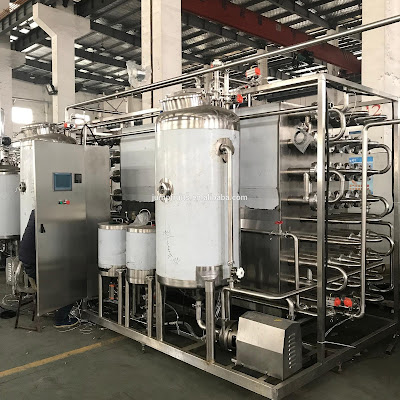Food safety is a very high-level concern for ordinary consumers. This is true because the food we eat can poison us or ruin our health, and yet consumers have little ability to evaluate the safety of the foods available in the marketplace. Therefore government regulation of food safety appears to be mandatory in any complex society.
Regulation requires several things: science-based regulations on processes and composition of the products that are regulated, consistent and disinterested inspection, effective enforcement of regulations and violations, and oversight by a regulatory agency that is independent from the industry being regulated and insulated from the general political interests of the government within which it exists.
China has experienced many food-contamination scandals in the past twenty years, and food safety is ranked as a high-level concern by many Chinese citizens. In his 2012 post on food safety in China in the Council on Foreign Relations blog (link), Yanzhong Huang writes that "in the spring of 2012, a survey carried out in sixteen major Chinese cities asked urban residents to list 'the most worrisome safety concerns.' Food safety topped the list (81.8%), followed by public security (49%), medical care safety (36.4%), transportation safety (34.3%), and environmental safety (20.1%)". And the public anxiety is well justified; (link). In 2012 Bi Jingquan, then the head of the China Food and Drug Administration, testified that "Chinese food safety departments conducted more than 15 million individual inspections in the first three quarters of the year and found more than 500,000 incidents of illegal behavior" (link). Especially notorious is the milk-melamine contamination scandal of 2008, resulting in hospitalization of over 50,000 affected children and at least six deaths of children and infants.
The question of interest here has to do with China's governmental system of regulation of safety in the food system. What are the regulatory arrangements currently in place? And do these governmental systems provide a basis for a reasonable level of confidence in the quality and safety of China's food products?
Liu, Mutukumira, and Chen 2019 (link) provide a detailed and comprehensive analysis of the evolution of food-safety regulation in China since 1949. This resview article is worth studying in detail for the light it sheds on the challenge of establishing an effective system of regulation in a vast population governed by a single-party state. The article is explicit about the food-safety problems that persist on a wide scale in China:
Food safety incidents still occur, including abuse of food additives, adulterated products as well as contamination by pathogenic microorganisms, pesticides, veterinary drug residues, and heavy metals, and use of substandard materials. (abstract)
The authors refer to a number of important instances of widespread food contamination and dangerous sanitary conditions, including "spicy gluten strips" consumed by teenagers.
Liu et al recommend "coregulation" for the China food system, in which government and private producers each play a crucial role in evaluating and ensuring safe food processes and products. They refer to the "Hazard Analysis Critical Control Point (HACCP) system" that should be implemented by food producers and processors (4128), and they emphasize the need in China for a system that succeeds in ensuring safe food at low regulatory cost.
Increasing number of countries uses new coregulation schemes focusing on a specific type of coregulation where regulations are developed by public authorities and then implemented by the coordinated actions of public authorities and food operators or “enforced self-regulation” (Guo, Bai, & Gong, 2019; Rouvière & Caswell, 2012).... Coregulation aims to combine the advantages of the predictability and binding nature of legislation with the flexibility of self-regulatory approaches. (4128)
Here is their outline of the chronology of food-safety regimes in China since 1949:
These areas for future improvement are fundamental for establishing a secure and effective safety regime -- whether in the area of food safety or other areas of environmental and industrial safety. And to these we may add several more important factors that are currently absent: independence of regulatory agencies from government direction and industry capture; lack of freedom of information permitting the public to be well informed about incidents when they occur; and an enforcement system that fails to deter and ameliorate bad performance and process inadequacies.




1 comment:
A great point mentioned that "Chinese leaders' determination to tightly control the flow of information is decidedly harmful for the goal of increasing food safety and other dimensions of environmental safety".
Post a Comment